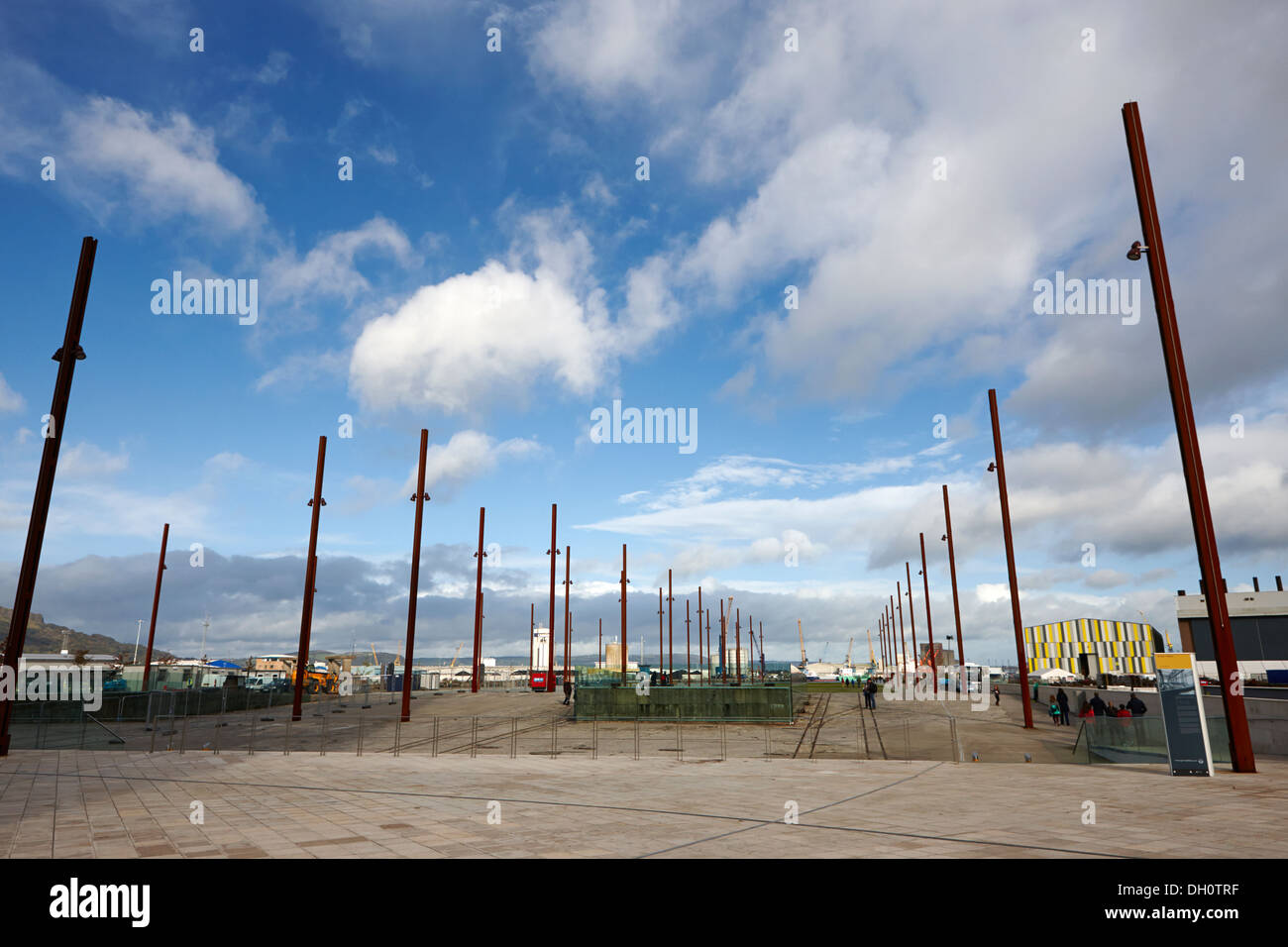

The ship could remain afloat if no more than four of its forward compartments became flooded – but when the collision with the iceberg occurred, the impact caused six compartments to become open to the sea. Many of the bulkheads (walls between the compartments) had watertight doors, which closed automatically in the event of emergency. Read more | 8 stories of passengers who sailed on Titanic.Moreover, though the bulkheads extended above the waterline, they were not capped at the top – in other words, water could (and did) spill over the top into neighbouring compartments. On 3 February 1912, Titanic moved to the dry dock, where its huge propellers were added. Following a final coat of paint, Titanic was complete. It could hold up to 3,547 passengers and crew and, when full, weighed more than 52,000 tonnes.
#Titanic and olympic slipways full
#Titanic and olympic slipways full#Ī number of sea trials were carried out to ensure that the engines were in full working order and to see how the ship performed under different speeds, with a practice emergency stop proving it could be brought to a halt from a speed of 20 knots (23mph) in just over half a mile.Titanic Belfast is the world's largest Titanic visitor experience and a must-see on any visit to Belfast and Northern Ireland. Titanic Belfast, named the World's Leading Tourist Attraction at the prestigious World Travel Awards in 2016, is located beside the Titanic Slipways, the Harland and Wolff Drawing Offices and Hamilton Graving Dock, the very place where Titanic was designed, built and launched in 1912. Titanic Belfast tells the story of the Titanic, from her conception in Belfast in the early 1900s, through her construction and launch, to its maiden voyage and subsequent place in history.


 0 kommentar(er)
0 kommentar(er)
